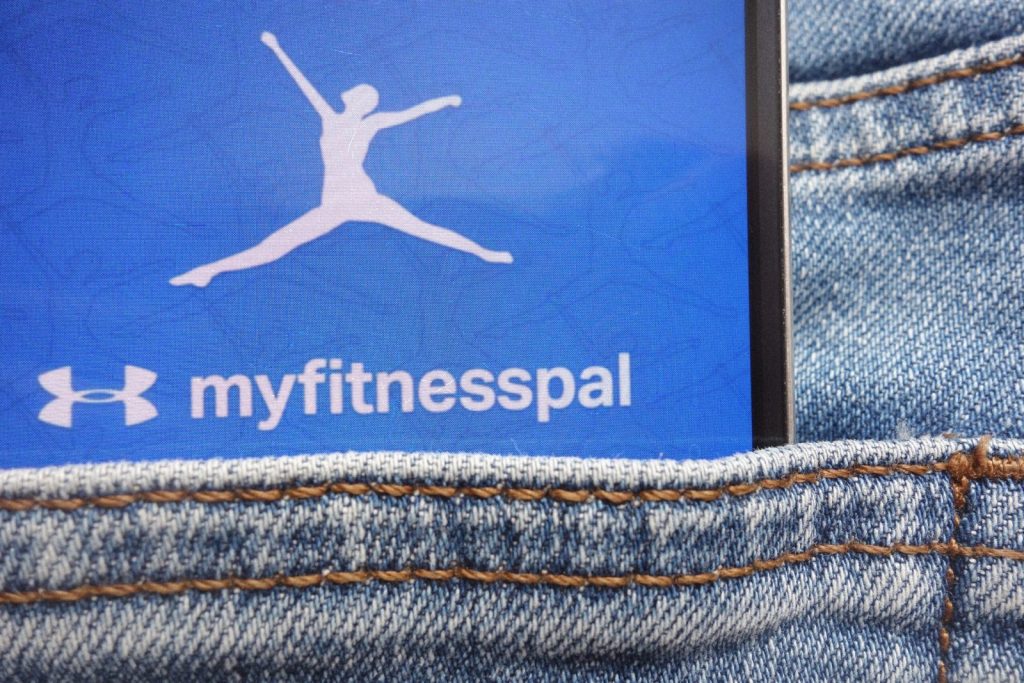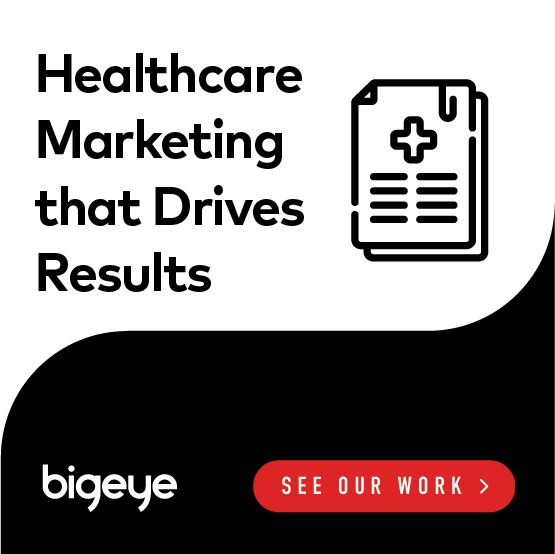
Outlandish health claims make trouble. Health and wellness marketing needs quality content and credible distribution channels to develop long-term trust.
Since there’s even a Netflix show about Goop, the wellness company has gotten a lot of attention. Founded by Gwyneth Paltrow, Goop has also attracted more than a little criticism for making questionable claims about the efficacy of its products. Not judging, but some of their natural remedies include jade, sexual-wellness eggs and psychological-energy sprays.
Actually, according to NBC News, they were once judged and had to pay $145,000 to settle a California lawsuit for making unsubstantiated health claims. To avoid getting lumped with Goop by today’s savvy consumers or even worse, legal authorities, consider some examples of other businesses that can inspire an effective and authentic health and wellness marketing campaign.
Authentic, credible health and wellness marketing
In contrast to Goop, Sophie Scott serves as the editor-in-chief of BALANCE, a trusted wellness publication from the U.K. She was quoted in Forbes as saying they worked hard to establish credibility. She understands that many people have lost trust in her industry and doesn’t blame them. For one thing, BALANCE focuses upon prevention, so it’s not as easy to document effectiveness than it might be for a company that promoted remedies.
At the same time, she believes that during these stressful times, people need the practical and effective information that her publication offers more than ever. As an example, she mentioned that stress alone causes $1 trillion in global productivity losses every year. In addition, the worldwide wellness industry is estimated to have a worth of $14 trillion, so it’s obvious that lots of people are seeking these kind of solutions.
Taking a page from BALANCE, these are some ingredients of their success as a credible and successful healthcare marketing agency and publication:
- Focus upon factual information: It’s important to ensure that all messaging contains only well-researched and factual information. For instance, BALANCED earned a Wellspoken Mark, given to health and wellness companies that adhere to high standards for only making honest claims. No business wants to be accused of Goop marketing tactics, so take care to only promote proven substantiated benefits.
- Develop a high-performing marketing strategy: BALANCE charges for printed magazines, but they don’t just rely upon hard-copy distribution. They’re also very active with their content on such social networks as Facebook, Instagram, and Twitter. They have a website, Balance.Media, a podcast, and even promote live events. One example of a past live event that’s creative and relates to their ongoing mission was a live saxophone spin class.
What can a healthcare marketing agency learn from BALANCE about distributing content?
While BALANCE covers a broad range of topics in their publication, they’re not really in the business of promoting their own products. Instead, they use their publication to research health and fitness ideas and in the process, often advertise other companies. Because they’ve gained credibility with their audience, they might serve as a perfect publisher to attract a growing supplement, fitness, or skincare marketing agency.
At the same time, health and wellness manufacturers and distributors may want to develop their own marketing platforms, perhaps both online and offline, so BALANCE can serve as a great example. As another example, Casper produces mattresses, and they began publishing their own print magazine, Woolly. Newer businesses might decide to keep their content online but take something away from the idea that a credible wellness publication can also serve as a great place to promote their brand.
Find a niche and establish credibility
To get started, it’s best to find a niche and establish credibility there first. As an example, MyFitnessPal maintains a blog that features articles about diet, exercise, and diet-friendly recipes. They use the blog pages to insert promotions for their newsletter, apps, and other products. Sometimes, in turn for great content, they offer bylines to topic experts.
As an example, a fitness trainer provided an article about easing into weight training. The trainer’s credibility comes from his experience as a college athlete, power lifter, an advanced degree in Exercise Science, and co-ownership of a gym. At the end of the piece, the blog inserted a promotion for relevant features in their app and prompted readers to download it. This serves as a good example of using relevant, valuable content to attract and audience and then taking the chance to market to them.
A wellness business doesn’t need or want Goop marketing
Goop certainly gained some attention from their marketing tactics and perhaps, their celebrity owner. It’s not the kind of publicity that a legitimate healthcare marketing agency would suggest for any company that wants to earn a reputation as credible and authentic. Instead, develop high-quality content that doesn’t rely upon outlandish claims and then find distribution channels with the sort of reputation you want your brand to associate with.



